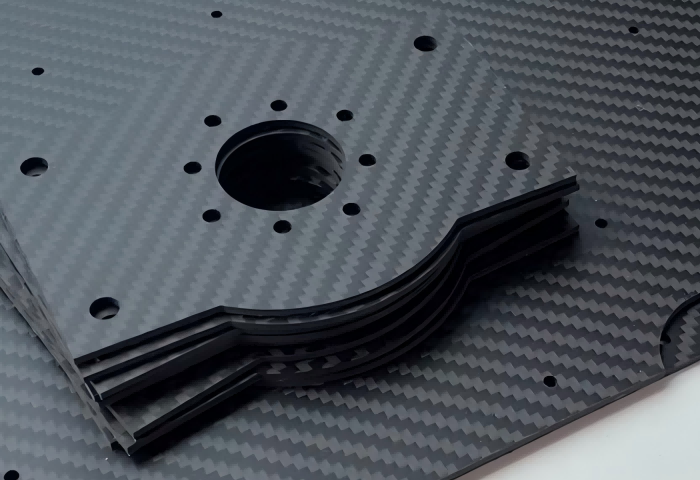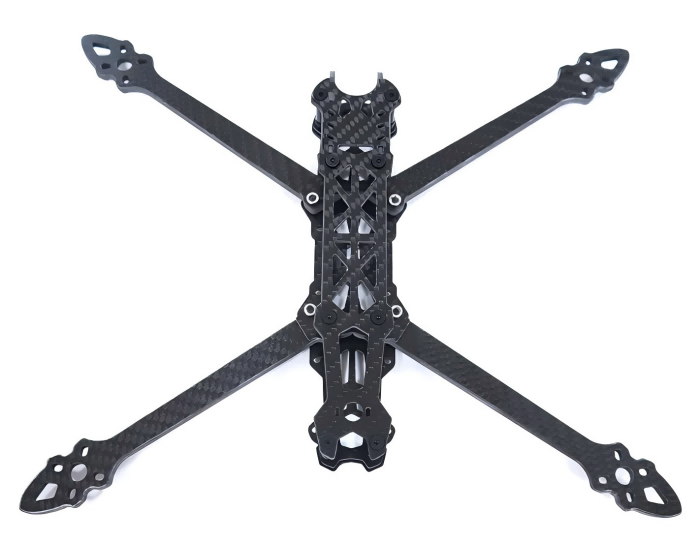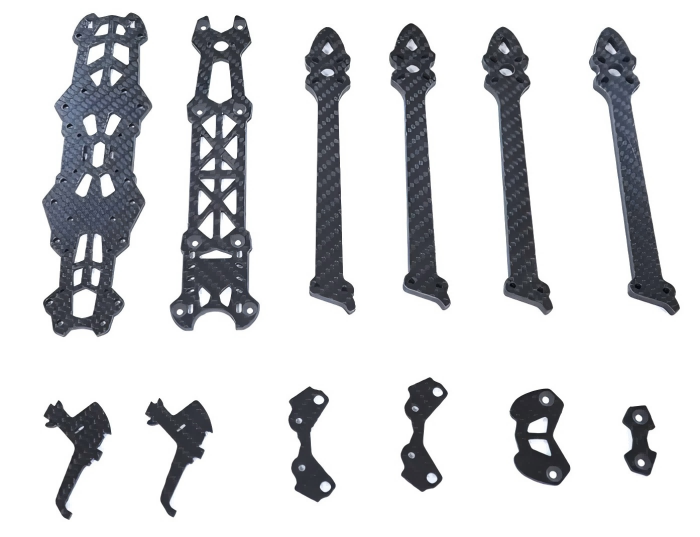[Global Science and Technology Report] As reported by the Japanese Life Hacker website on July 20, Scientific American, a well-known scientific journal, published an article on emerging technologies on June 27. Every year, the magazine highlights breakthrough solutions and selects groundbreaking technological projects that could potentially transform the world. These innovations typically meet several criteria: they show promise for development but remain in the early stages of research funding, and they are not yet widely adopted.
We’ll now introduce some of the top science and technology projects and the investment firms backing them.

1. Minimally Invasive Biopsy
Traditional biopsies often involve cutting out diseased tissue and suspected lesions, which not only exacerbates the patient's condition but can also lead to complications. Additionally, this process is time-consuming and may miss tumors hidden in hard-to-reach areas. Liquid biopsy, however, offers a less invasive alternative by analyzing DNA circulating in the blood (known as ctDNA). While this method holds promise, challenges remain in accurately identifying and analyzing tumor-related DNA. This technology could provide critical insights into a patient’s treatment options and offer more precise guidance compared to earlier methods.
2. Precision Agriculture Tools
Investing in advanced tools for agriculture using AI, GPS, and data analytics can significantly enhance crop management, boost yields, and improve overall productivity. For farming communities that depend heavily on favorable weather conditions, these technologies represent a transformative opportunity. Startups like Aerofarms, Green Spirit Farms, and Urban Produce are leading the charge in developing greenhouse-based vegetable cultivation systems. By meticulously analyzing crop growth cycles, they aim to optimize production while enhancing flavor profiles. Other companies, such as Blue River Technology, employ computer vision to reduce fertilizer usage effectively. Cutting fertilizer application by up to 90% represents a significant leap forward.
3. Sustainable Energy Solutions
Building environmentally friendly cities requires balancing sustainability with economic viability. Companies and residents alike can benefit from reduced energy consumption. Sidewalk Labs, a subsidiary of Alphabet Inc. (formerly Google), is exploring new ways to test scalable urban innovations. One initiative involves creating models to simulate future urban landscapes, emphasizing solar power and electric vehicles powered by renewable energy. Initially, rumors suggested a potential trial site near Denver, Colorado, and Detroit, Michigan. However, in May 2017, Toronto, Canada, was chosen as the official pilot city for these experiments.
4. Image Recognition Technology
AI has made remarkable strides in facial recognition features across various apps. Facebook, for instance, can identify faces and objects in user-uploaded photos, enabling advanced search functionalities. Google’s image recognition software inspired the creation of "PlaNet," a platform that uses logos, plants, and landmarks in images to deduce the photo’s location. In 2017, researchers at Stanford University unveiled AI capable of detecting skin cancer cells with over 90% accuracy. This breakthrough marks a pivotal moment for dermatology research.
5. Extracting Water from Air
Imagine extracting water directly from the atmosphere—it sounds like something out of a sci-fi movie, yet it could revolutionize life in arid regions. A collaborative effort between UC Berkeley and MIT is working on this technology, focusing on enhancing the porosity of metal-organic frameworks to store larger quantities of water. Meanwhile, Zero Mass Water, a startup based in Arizona, is developing a system that leverages solar energy to extract moisture from the air. Their device, priced around $3,700, collects two to five liters of water daily. Currently deployed in the U.S., Jordan, Dubai, Mexico, and recently Lebanon to address drinking water shortages among Syrian refugees, this innovation holds immense potential for global impact.
In conclusion, these emerging technologies underscore humanity’s ability to innovate and address pressing challenges creatively. Whether improving healthcare diagnostics, boosting agricultural efficiency, or addressing water scarcity, each advancement brings us closer to a brighter future. Stay tuned for more updates as these projects continue to evolve!
(Intern compiled by Hu Rui Rui; reviewed by Wang Huan)



FPV Drone TrueX Frame Overview
Mark4 V2 Mark4 7inch 295mm / 8inch 367mm / 9inch 387mm / 10inch 427mm 3K Full Carbon Fiber TrueX Frame for FPV Camera Kit Done:
Mark4 V2 Mark4 7inch 295mm / 8inch 367mm / 9inch 387mm / 10inch 427mm 3K Full Carbon Fiber TrueX Frame for FPV Camera Kit Done:



Carbon Fiber FPV Drone Frame,FPV Drone TrueX Frame,Carbon Fiber FPV Frame
Jiangsu Yunbo Intelligent Technology Co., Ltd , https://www.fmodel-ai.com